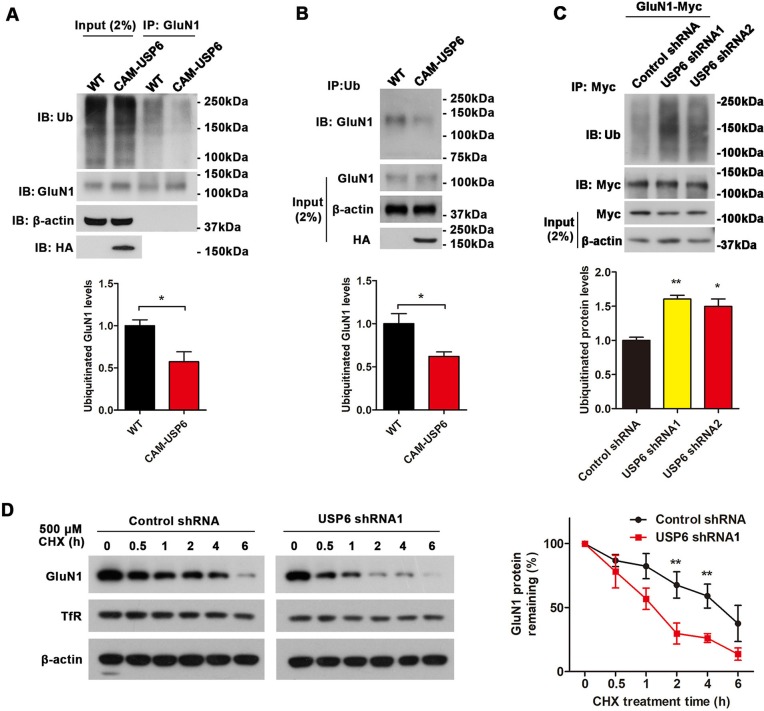Fig 7. USP6 attenuates NMDA receptor ubiquitination and enhances NMDA receptor stabilization.
(A) IB analysis to quantify polyubiquitinated GluN1 in WT and CAM-USP6 mouse cortex. Brain lysates were immunoprecipitated with an anti-GluN1 antibody and immunoblotted for Ub. IB band intensities were normalized to β-actin. n = 3. *P < 0.05 as determined by Student t test. (B) IB analysis to quantify polyubiquitinated GluN1 in WT and CAM-USP6 mouse cortex. Brain lysates were immunoprecipitated with an anti-Ub antibody and immunoblotted for GluN1. IB band intensities were normalized to β-actin. n = 3. *P < 0.05 as determined by Student t test. (C) IB analysis of polyubiquitinated GluN1 in HEK293T cells cotransfected with USP6-targeting shRNAs and GluN1-Myc. IB band intensities were normalized to β-actin. n = 3. **P < 0.01 as determined by one-way ANOVA with Tukey’s post hoc analysis. (D) Time course depicting GluN1 degradation with shRNA-mediated USP6 knockdown in GluN1-Myc transfected cells. Western blot analyses of GluN1-Myc and β-actin following CHX (500 μM) treatment for the time indicated. GluN1 levels were normalized to β-actin and set to 100% at time 0. Data represent means ± SEM. n = 3. *P < 0.05 as determined by repeated-measures ANOVA with Bonferroni’s post hoc analysis. The underlying data for this figure can be found in S1 Data. CAM, CamK2a; CHX, cycloheximide; Glu, glutamate ionotropic receptor; IB, immunoblot; IP, immunoprecipitation; NMDA, N-methyl-D-aspartate; shRNA, short hairpin RNA; TfR, transferrin receptor; Ub, ubiquitin; USP, Ub-specific protease; WT, wild-type.

